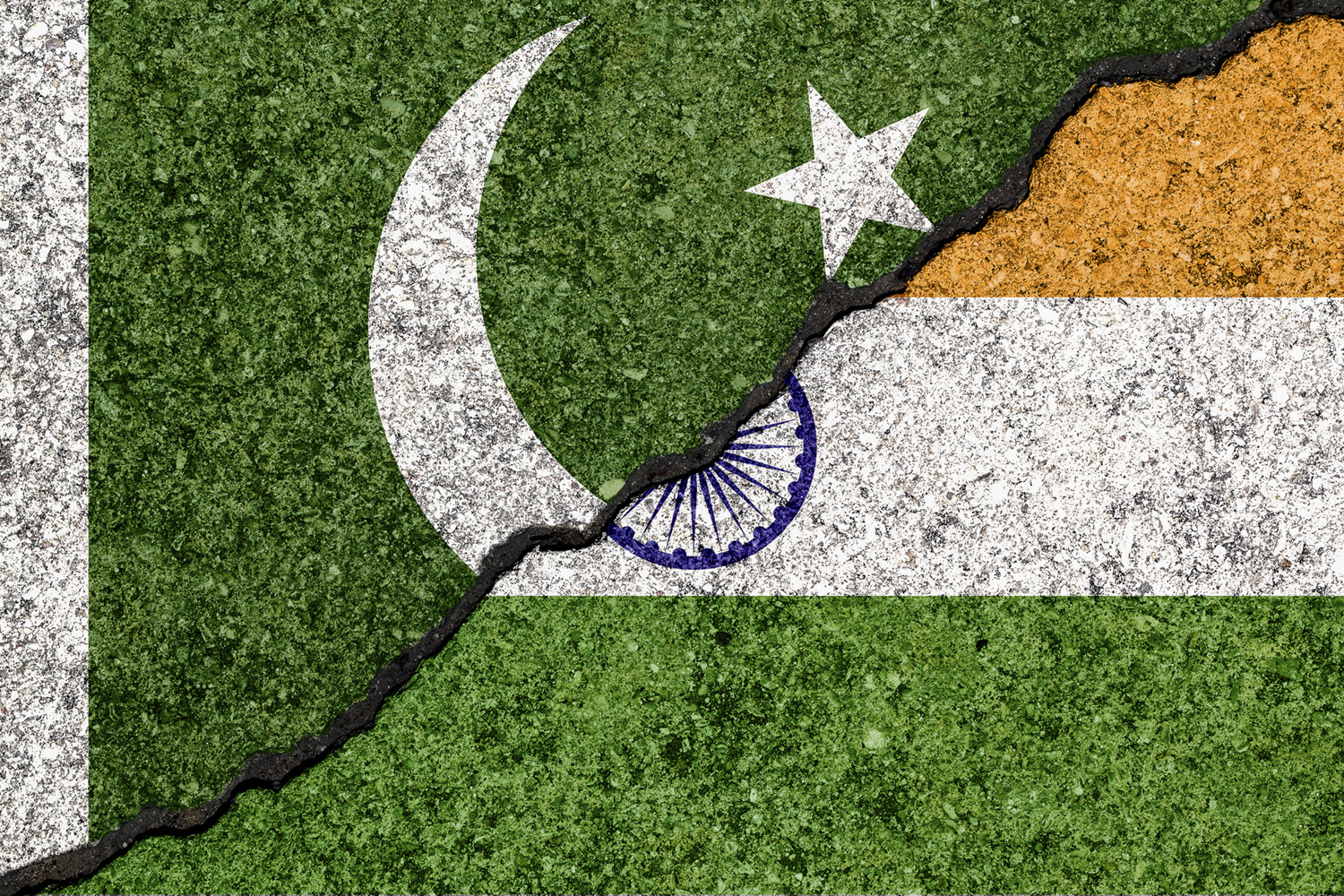
‘Long years ago we made a tryst with destiny, and now the time comes when we shall redeem our pledge………..’ The Speech by The First Prime Minister Of Independent India Pt. Jawahar Lal Nehru, As beautiful and patriotic this speech sounded at that time, it consisted of words, just words, meaningless-emotionless words. The PM wasn’t aware of the condition and hardships upon the common people who were undergoing what’s often termed as the Darkest & Bloodiest Period Of The Indian History. 1947’s Partition wasn’t just the partition of Pakistan and India on the territorial background but was also the ‘partition of Hearts’, Across India, the communities that had lived together, slept together for almost an eternity attacked each other in a horrendous act of communal violence, with Hindus and Sikhs on one side and The Muslims on the other, The Killings resulted in the displacement and deaths of many. While considered duty towards one’s religion and the newly born Nations, the statistics of Unlawful and unethical killings and the horror it brings is still haunting us even today when the world has seen such a crisis. Talking about the Bloodshed. States of Punjab and Bengal provinces along India’s borders with West and East Pakistan, respectively went through the carnage at a much larger scale especially intense, with , savage sexual violence, forced conversions, massacres, mass abductions, and . Some hundred-thousand women were raped, and many of them were kidnapped and are still missing even after 74 Years since independence. Looking back, it would appear that while for multiplex Indians freedom came with a sense of loss caused by Partition, to multiplex Muslims in Pakistan, Partition meant freedom. For some Pakistani chroniclers, Partition was a liberating experience, a logical peak of a long nonfictional process that was started in the 19th century by Sayyid Ahmed Khan and others, when the South Asian Muslims began to discover their public identity, which was articulated thereafter in the complex subcontinental politics of the 1940s. According to prominent Pakistani counselor and politician Aitzaz Ahsan, Partition was a” primeval spine”—”a spine that’s 50 spells youngish and spells old”. As opposed to the former contention, there are other chroniclers who have questioned the inevitableness and legality of Partition. They’re of the view that it was Jinnah and his Muslim League — which from 1940 began to endorse the”two nation supposition”— who were sometime responsible for the unfortunate but avoidable postmortem of the cay. In their analysis, it was the” social government which created a Muslim community in its own image and allowed its war- time confederate, the League, to turn a segmented population into a nation.The proponents of the former view believe that the Partition script was penned by the British and in Muhammad Ali Jinnah, they pioneer an excellent barrister who with dogged determination pursued the cause relentlessly, until a situation evolved where there was no return from the Partition posture. One can not agree that the Pakistan movement demanded popular support, at least during the penultimate bits of the Raj. Historian Ian Talbot has shown how in Punjab, the Muslim League took the Pakistan drive”from the delineation room on to the passes”and how”hundreds of thousands of Muslims shared in demonstrations, processions and strikes, and ultimately battled in the joint laughs in the name of Pakistan and so legitimised the Muslim League’s claims”. From an objective perspective, one would find that the Muslims of India were the primary to query the Congress rendition of nationalism and fair from the nascency, many of them didn’t consider the Indian National Congress to be their representative. Muslim leaders like Sayyid Ahmed Khan definitely considered Congress to be the representative of the bulk Hindus. The prospect of the prologue of representative government created the risk of a maturity domination, which led to the setout of the All India Muslim League in 1906. The setout of the Muslim League was definitely the nascency of an enquiry for a particular political identity, with demands for the protection of their political rights as a nonage community through the creation of separate electorate. The Morley-Minto reform of 1909 elevated Muslims to the status of an”All India political species”and so set them as a” perpetual nonage”within the Indian state. These structural issues of representative government hence began to affect the chain between the Congress and the Muslim League. One has to appreciate that the mainstream Indian nationalism under the stewardship of the Indian National Congress didn’t maintain its separation from the blooming Hindu nationalism, and this was first disputed by the Muslims. Against this background, one has got to remember that the main premise of gregarious cognition of Indian society was the theme of” discreteness”, which was traced, shaped and enumerated through colorful authorized ethnographic studies and ultimately, since 1872, through decennial count reports. The Indian colonizer count, unlike its British antecedent, made religion its basic ethnographic division for ordering and classifying demographic and experimental data. The break-up of erudition and occupational statistics according to religion fed an putatively objective picture of the relative or almost material and social conditions of each religious community. The result of this count taxonomy was the new conception of” religion as a community”. Religion came to be associated with”an sum of people united by formal authorized depiction”who got apprehensive of their almost demographic, also as socio-fat positions, vis-à-vis other communities. It’s applicable to notice presently that the gregarious knowledge of a readdressed religion was incorporated into every structure that the State created and each break that it offered to gregarious subjects — from educational complexes, public employment and representation in regional character- governing bodies to entry into the expanded legislative councils. The point to notice is that, despite the government’s trumpeting of the nonreligious character of this public space and their confining of faith to the private, the boundaries remained considerably passable, and it was within this ambient that the relationship between the religious groups were reconstituted in the late 19th century. I believe it’ll happened for a reason, A good reason; The whole bloodshed gave birth to 2 Of the Most progressive nations the world has ever seen.
By Harsh Bhardwaj
Write and Win: Participate in Creative writing Contest & International Essay Contest and win fabulous prizes.


